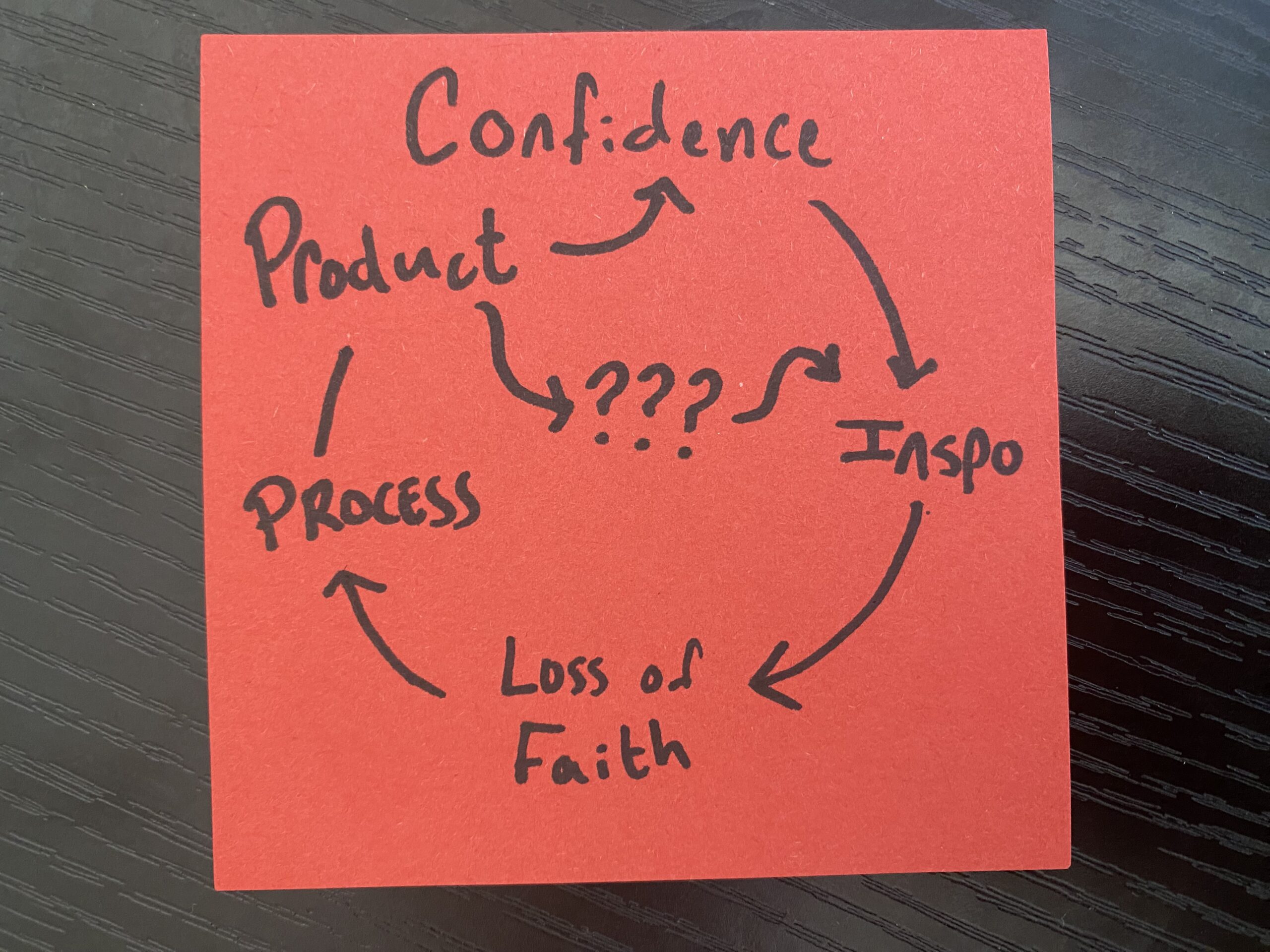Add to cart

Apparently, one method for coping with a shopping addiction is to click “add to cart,” but not actually buy anything. This is because dopamine registers in the brain exactly the same for very short-term rewards as long-term ones. I.e. buying the thing, getting the thing, unpacking the thing, using the thing, gives you the same dopamine hit as just clicking the button.
This came up in a conversation about my quest to watch all 2,100 of my liked TikToks. Liking TikToks — the physical action of liking them — is an “add to cart” for the content of the video you’re liking. You don’t actually need to learn the dance or follow the recipe or work the workout to feel a momentary glow of pride. Clicking the button provides that same feedback. Anything you plan from within the dream of the feed requires additional effort to carry out in the real world, some lucid moment where you make the connection between the video and your daily life.
Memory bears a lot of the load here. Do you even remember that you saw an automated financial planning spreadsheet, let alone that you wanted to try it yourself?
What it reminds me of is a mindfulness practice called “noting.” Instead of ignoring thoughts that pop into your head, you acknowledge the thought (note it) so that you may forget it. Brief, active attention brings closure.
Mindfulness is generally good, and noting assists mindfulness by diffusing the awkward tension of ignoring something you know is there. TikTok, the flow state of total absorption in wick-short content, the dream — these are generally less good. And the app doesn’t want you to wake up. A nagging idea that, maybe, you should get up and take an action, could disturb your absorption. The like button diffuses that tension.
Especially ironic is the prevalence on TikTok of vignettes from picturesque lives. With the click of a button, those lives are as good as yours.
My working theory, that tagging TikToks in a way that you can find them later defeats the self-replacement of the app, only solves half the problem. I can find anything I want. That doesn’t mean that I’ll think to look for it. I still miss some connection between the app and my waking life, and without that connection, bookmarking becomes as add-to-cart as liking.
One argument you could make: If a TikTok is truly worth my waking attention, then it’ll rise to mind naturally. Maybe, but in my experience as a collector I’ve found that memory is unreliable, even for ideas that meaningfully impact projects I’m currently working on. I mean, everyone forgets a birthday or an anniversary, but that’s not because those things are unimportant. It’s because we give them meaning by choise — their sentiment isn’t natural to us.
Another argument, this one in the words of Rayne Fisher-Quann: “when i scroll on tiktok or whatever, i can’t get away from the feeling that almost nothing there is really meant to be loved — it’s just meant to be snorted, basically, and occasionally to get you to buy something.” I agree with this. But for one thing, that “almost” is important and bizarre. Some artists have stared into the vortex of TikTok’s limiting format and effervesence, and have decided to make incredible work there anyway. That’s worth saving. I also think that, in a more plain way, most of the app is made by people who, for whatever reason, thought to share something from their lives. Just like you might wish you could save a scrap of conversation in the real world to refer back to, any given TikTok could make a meaningful impact.
More than that, though, I think loving something is more of an approach than a result. You can choose to find the beauty in the impromptu dance circle, the cat fancam, or whatever.
Pinterest came up as an example of a platform designed for reference. I’m not as familiar with it. Maybe there’s an approach there?




